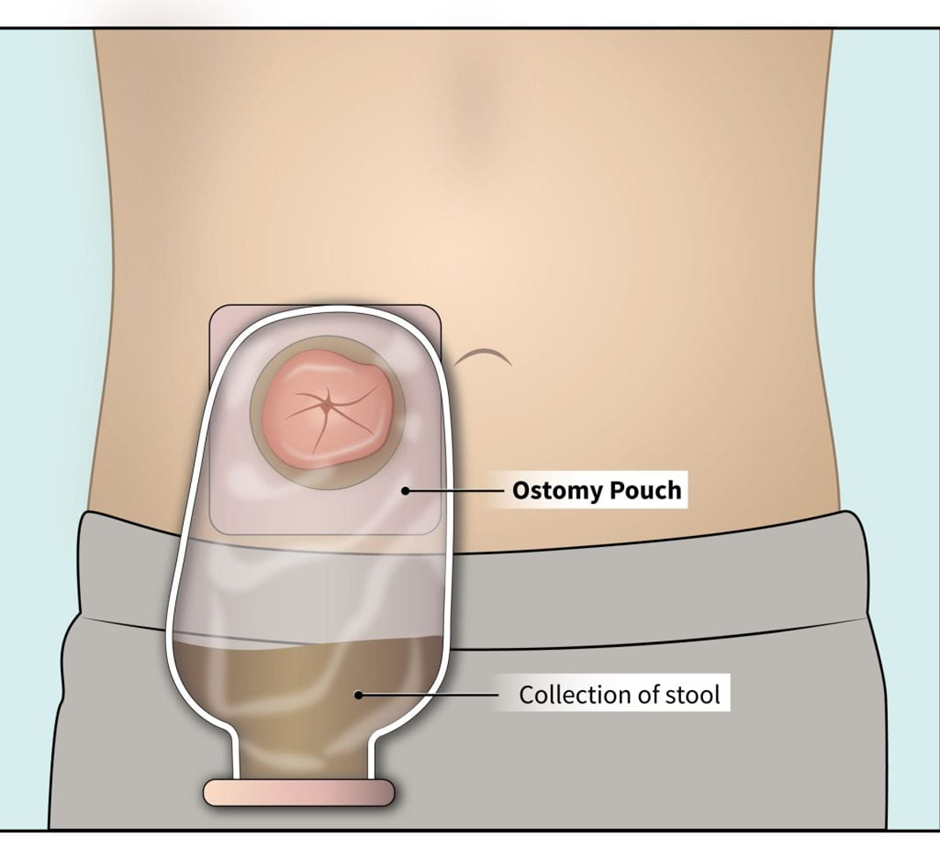A nurse is reviewing a client's medication administration record at 1930. The nurse notes that the documentation for the 1700 regular insulin dose is missing. Which of the following is an appropriate action for the nurse to take?
Request a medication reconciliation form from the pharmacy.
Ask the client if she received the 1700 medication.
Contact the previous nurse to determine if the client received the medication.
Administer the medication and document the current time.
The Correct Answer is C
Choice A Reason:
Requesting a medication reconciliation form from the pharmacy is not the immediate step needed for a missed dose. Contacting the previous nurse provides more timely information.
Choice B Reason:
Asking the client if she received the 1700 medication is not the first action to take. The nurse should first investigate the missing documentation through collaboration with the healthcare team.
Choice C Reason:
Contacting the previous nurse to determine if the client received the medication is correct. Contacting the previous nurse is a reasonable and responsible step to gather information about the missed medication. The previous nurse may have insights into why the documentation is missing and whether the medication was administered.
It allows for collaboration and communication among healthcare providers, ensuring accurate and comprehensive information about the client's care. Administering the medication without clarification may lead to a potential double dose if the previous dose was indeed administered.
Choice D Reason:
Administering the medication and documenting the current time without confirming the missed dose could result in an inaccurate representation of the client's medication history and potential harm if the previous dose was already administered. It is crucial to gather information before taking further action.
Nursing Test Bank
Naxlex Comprehensive Predictor Exams
Related Questions
Correct Answer is A
Explanation
Choice A Reason:
Pressing on the skin barrier for about 30 seconds ensures that it adheres properly to the skin, which helps secure the ostomy appliance and prevents leakage.
Choice B Reason:
Moisturizing soap is not recommended for cleaning around the stoma, as it can leave a residue that interferes with the appliance's adhesion. Mild soap without moisturizers or just water should be used.
Choice C Reason:
Applying talc powder around the stoma can prevent the appliance from adhering properly, leading to leakage. It is not recommended for ostomy care.
Choice D Reason:
The skin barrier should be cut to fit closely around the stoma, leaving no more than a 1/8 inch gap, not 1/2 inch. A larger opening may cause skin irritation or leakage.

Correct Answer is A
Explanation
Choice A Reason:
Questioning the client about allergies before the procedure is appropriate. It is essential to assess the client for any allergies, especially to contrast dye, before the procedure. Allergic reactions to contrast dye can range from mild to severe, and prompt identification of potential allergies is crucial to prevent adverse reactions. If the client has a known allergy to the contrast dye, alternative imaging methods or pre-medication may be considered.
Choice B Reason:
Telling the client to increase fluid intake following the procedure is inappropriate. This instruction is relevant post-procedure for the elimination of the contrast dye from the body. However, it is not the priority at this moment, and the client's safety during the procedure takes precedence.
Choice C Reason:
Evaluating the client for claustrophobia is inappropriate. Assessing for claustrophobia is important, especially if the CT scan involves an enclosed space. However, this assessment can typically be conducted in advance of the procedure during the pre-procedure preparations.
Choice D Reason:
Informing the client about the steps of the procedure is inappropriate. Providing information about the procedure is important for the client's understanding and cooperation. However, ensuring the client's safety during the procedure by assessing for potential allergies to the contrast dye comes first.
Whether you are a student looking to ace your exams or a practicing nurse seeking to enhance your expertise , our nursing education contents will empower you with the confidence and competence to make a difference in the lives of patients and become a respected leader in the healthcare field.
Visit Naxlex, invest in your future and unlock endless possibilities with our unparalleled nursing education contents today
Report Wrong Answer on the Current Question
Do you disagree with the answer? If yes, what is your expected answer? Explain.
Kindly be descriptive with the issue you are facing.
